
Darwin’s Frog
Rhinoderma darwinii
Darwin’s frog (Rhinoderma darwinii) is a tiny terrestrial frog of temperate···
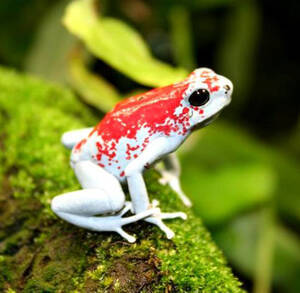
poisondartfrog
poisondartfrog,poison dart frog, poison dart frog, poison javelin frog
The scientific name of the poison dart frog is poisondartfrog. It is the mos···
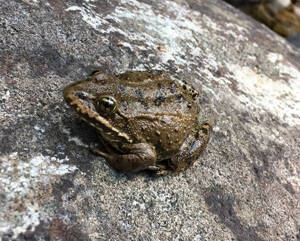
Rana luteiventris
Rana luteiventris ,Columbia spotted frog
Columbia spotted frog is a species of North American frog.Columbia spotted f···
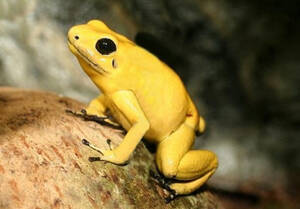
Poison-Dart Frog
Poison-Dart Frog
The Latin name of the golden poison dart frog is Poison-Dart Frog. The Engli···
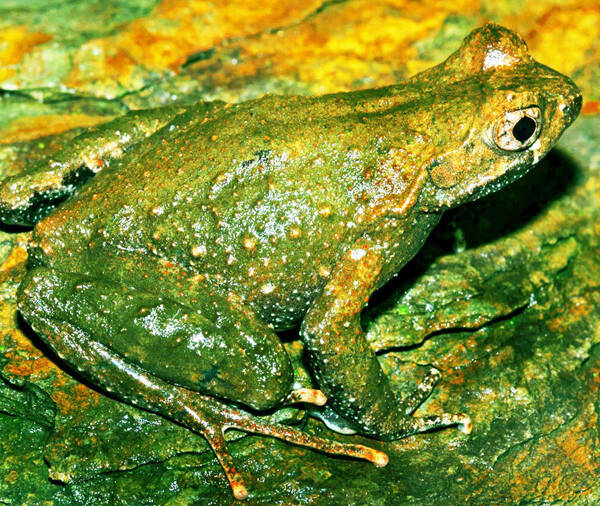
Boulenophrys baolongensis
Boulenophrys baolongensis,Baolong Heterohorned Toad
The dragon-horned toad hides under the rocks or in the grass by the stream d···
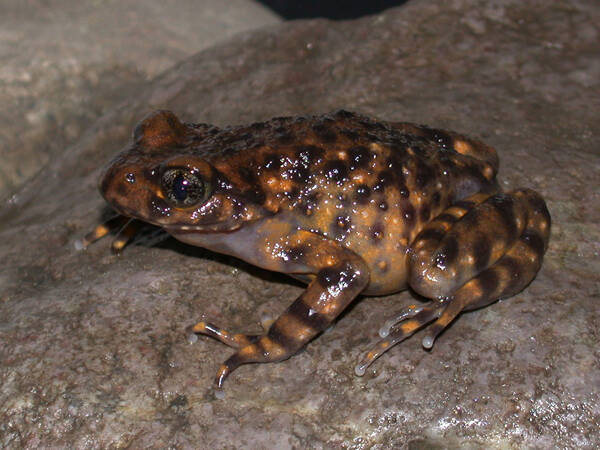
Oreolalax liangbeiensis
Oreolalax liangbeiensis,Liangbei tooth-shaped toad
The appearance of Liangbei toothed toad is similar to that of Oreolalax majo···
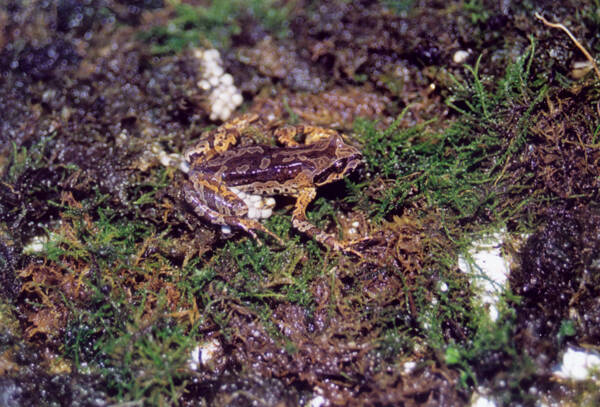
Scutiger chintingensis
Scutiger chintingensis,Golden-necked Toad
The golden-crowned toothed toad is flat and narrow, with a head that is almo···
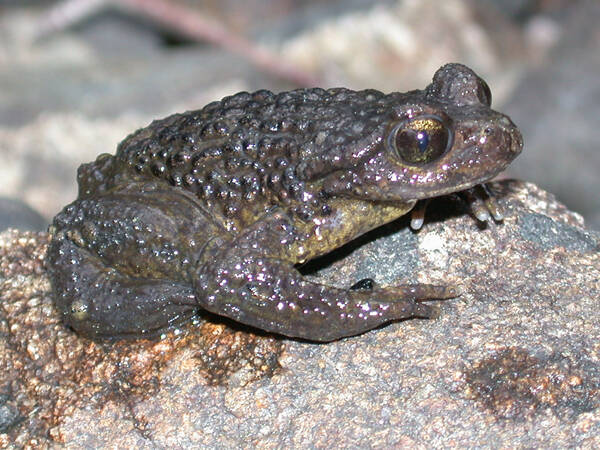
Scutiger jiulongensis
Scutiger jiulongensis,Kowloon Cat's Eye Toad
The dragon-toothed toad is an amphibious wild animal of the Anura order and ···
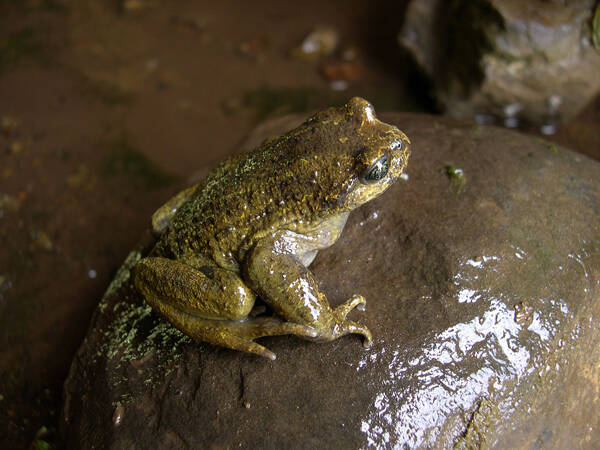
Scutiger muliensis
Scutiger muliensis,Muli cat-eyed toad
Muli Toothed Toad is an amphibian of the genus Toothed Toad, with a brown bo···
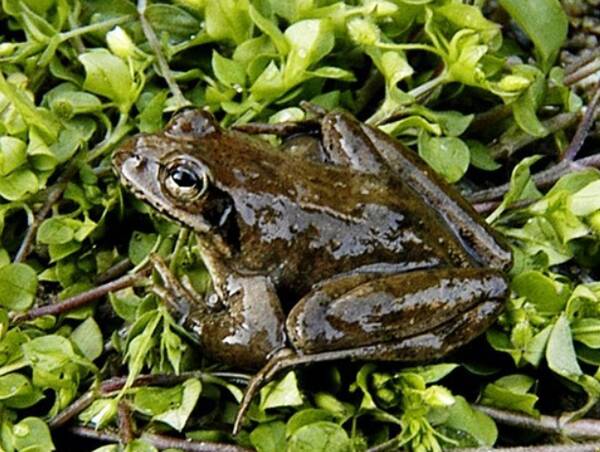
Scutiger ningshanensis
Scutiger ningshanensis
Pingwu Toothed Toad is an amphibian of the genus Toothed Toad of the family ···
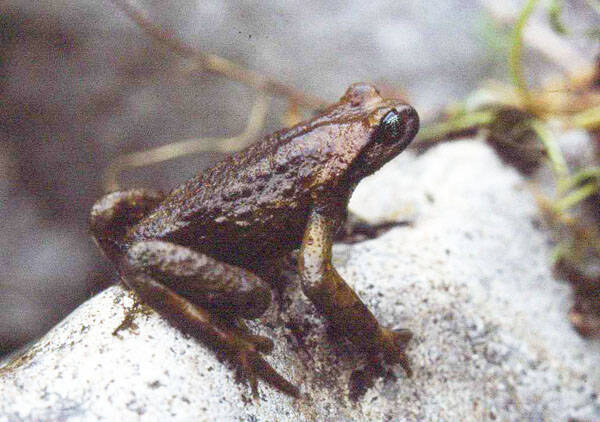
Scutiger pingwuensis
Scutiger pingwuensis
Pingwu Toothed Toad is an amphibian of the genus Toothed Toad of the family ···
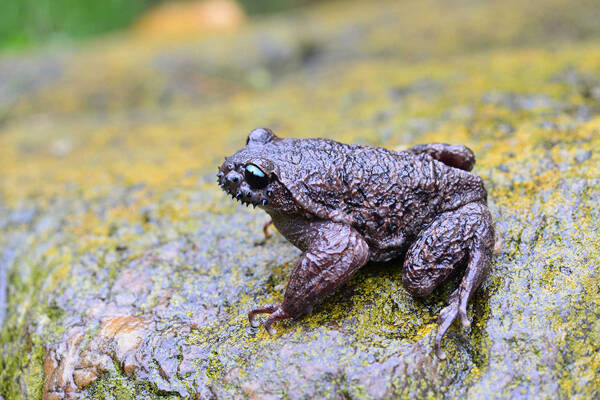
Vibrissaphora ailaonica
Vibrissaphora ailaonica,Hairy Beard
The name of the Ailao Bearded Toad comes from Ailao Mountain, because it was···
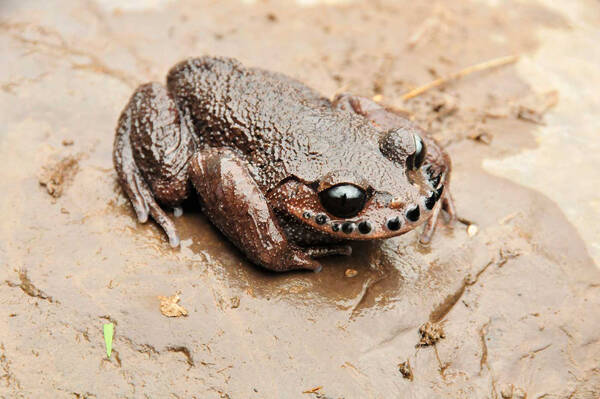
Leptobrachium boringii
Leptobrachium boringii,Emei Moustache Toad,Vibrissaphora boringii,Horned Monster, Bearded Toad, Bearded Toad
The Emei Bearded Toad is an amphibian of the family Ceratopus and the genus ···
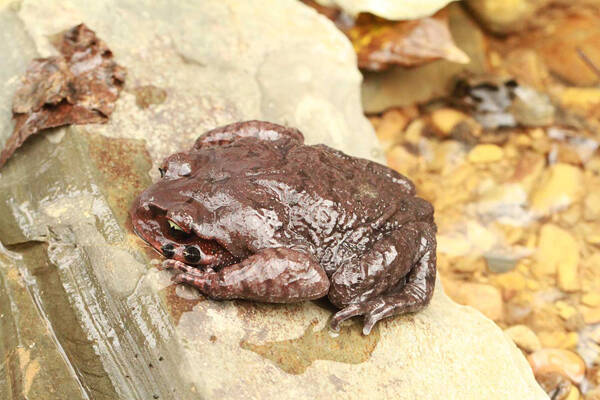
Leptobrachium leishanensis
Leptobrachium leishanensis,Pupa, Horned Monster
The Leishan mustache is an amphibian of the family Ceratopsidae and the genu···
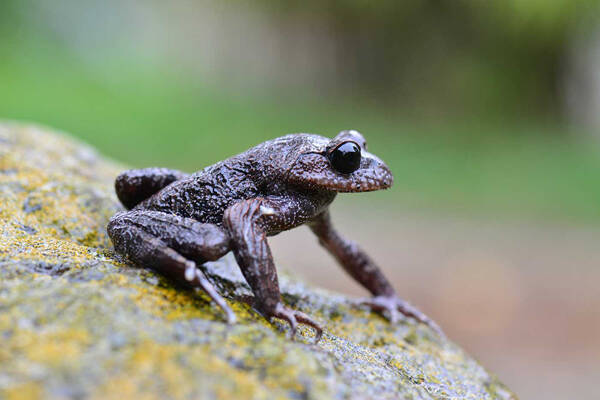
Leptobrachium promustache
Leptobrachium promustache,Chinese horned monster, bearded frog, Chong'an bearded toad, pit goose, thunder horned monster
The original bearded toad is an amphibian in southern China. It is a species···
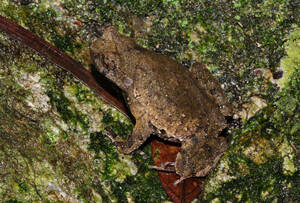
Boulenophrys insularis
Boulenophrys insularis,Heterohorned toad,Xenophrys insularis
The South Australian Island Horned Toad inhabits mountainous streams in humi···
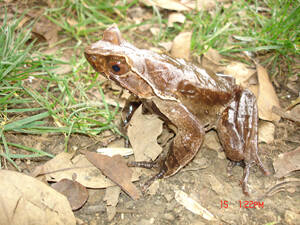
Xenophrys shuichengensis
Xenophrys shuichengensis,Water City Heterohorned Toad
This toad lives in the subtropical evergreen broad-leaved forest mountainous···
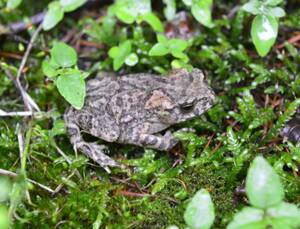
Bufo stejnegeri
Bufo stejnegeri,Toad, Glandular Toad,Stejnegeds toad
Shi's toad is an amphibian of the genus Toad of the family Toad, commonl···
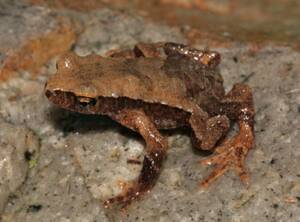
Parapelophryne scalptus
Nectophryne scalptus, Pelophryne scalpta, Pelophryne scalptus
This toad lives in forest areas at an altitude of 350-1400m, mostly living a···
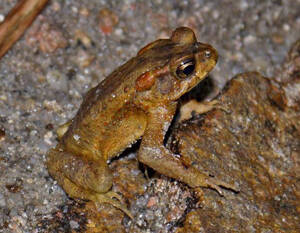
Ingerophrynus ledongensis
Ingerophrynus ledongensis,Helmeted Toad
Ledong toad, a species of the genus Bufo in the family Bufoidae, lives in ev···
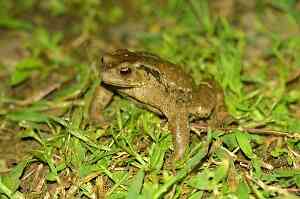
Torrentophryne aspiniaYang et Rao
Torrentophryne aspiniaYang et Rao
This toad lives in mountainous areas at an altitude of 1800-2100m, often liv···
